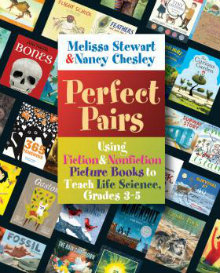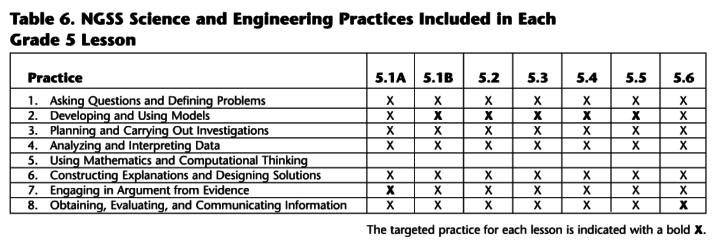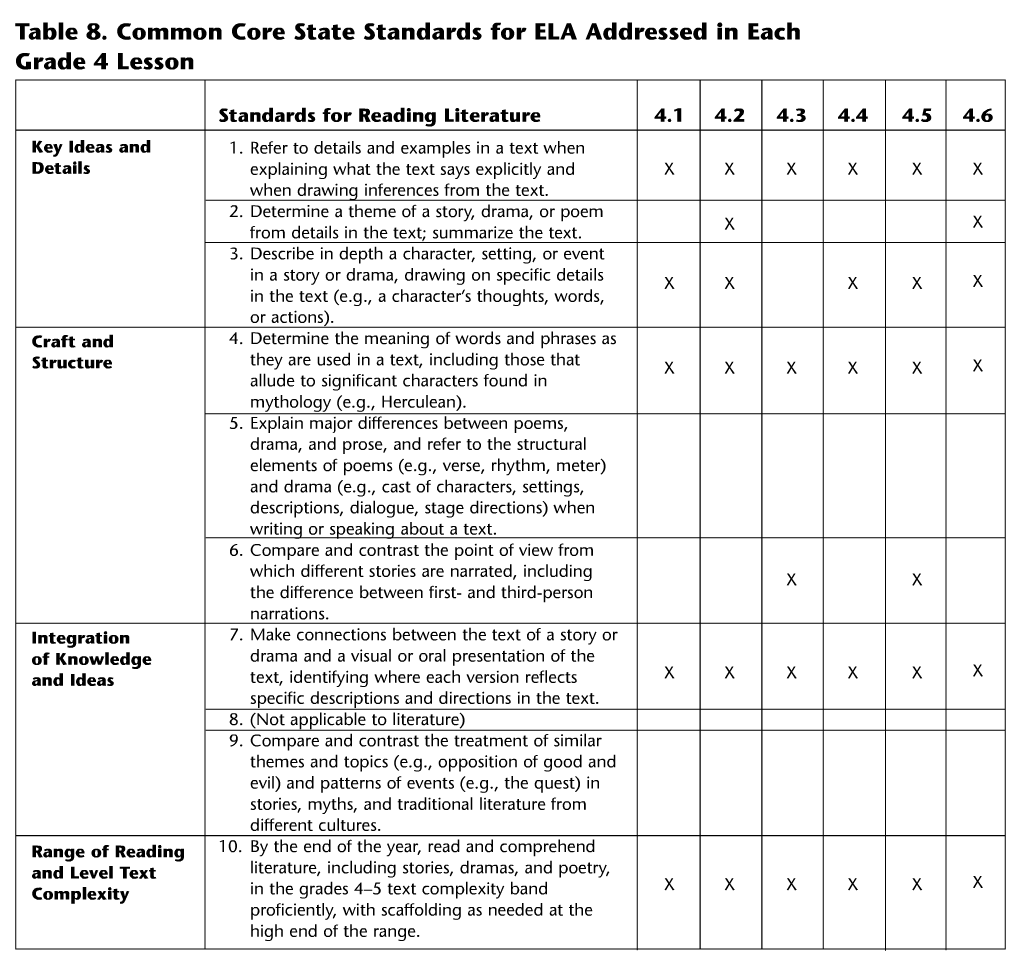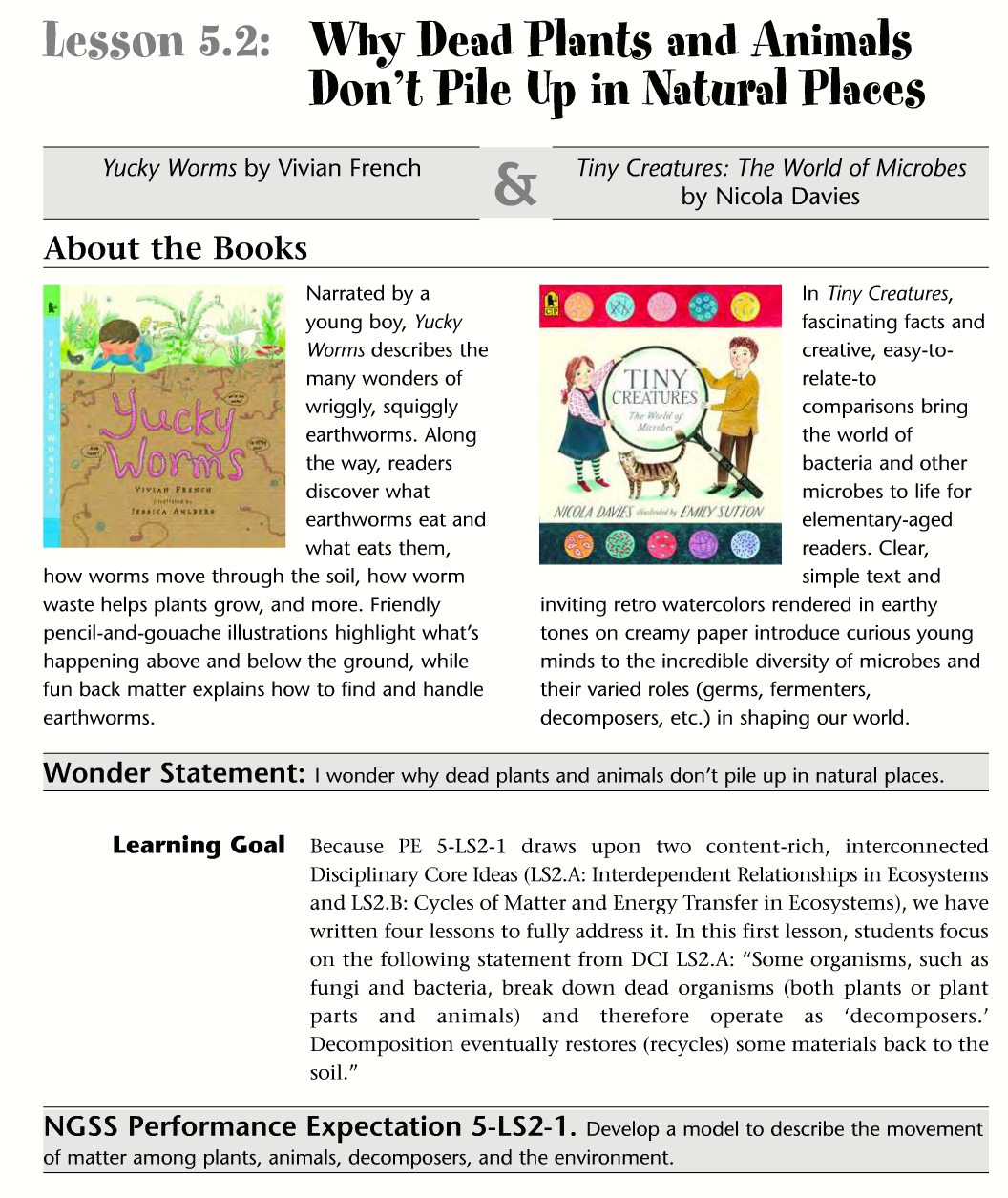Teaching Science with Engaging Picture Books
Perfect Pairs: Using Fiction and Nonfiction Picture Books to Teach Life Science, Grade 3-5
By Melissa Stewart and Nancy Chesley
(Stenhouse, 2016 – Learn more)

Readers and Scientists, rev up your engines. You are about to experience the thrill of a lifetime. Your science road trip is about to take you to places you have never visited before.
That’s what Perfect Pairs: Using Fiction and Nonfiction Picture Books to Teach Life Science, Grade 3-5, is about. Giving students a chance to experience scientific adventures without leaving the classroom. It’s about reading and learning about science with power.

The children we teach are lucky. The world is at their fingertips, whether through a book or on the Internet. My students have shared stories of animal safaris, scientific discoveries, and visits to the planets with me and their peers. Pieces of scientific information and wonder are integrated into their memoirs, stories, and poems.
Supplementing inquiry based learning
But not all children are avid readers of nonfiction books. While some love to voraciously read fiction books, they may be hesitant to read nonfiction texts. Perfect Pairs uses fiction and nonfiction life science books to supplement inquiry based learning.
This book gives the early middle grades teacher an opportunity to introduce or reinforce the science experiences of their students. How wonderful it is to ask our students to learn about a topic from various points of view, thinking about a subject from different angles.
Melissa Stewart (the author of 150+ nonfiction science books for children) and Nancy Chesley (a K-5 science and literacy specialist) have written a book that is jam-packed with recommended nonfiction and fiction trade books to use while teaching science – presented in themed pairs and accompanied by detailed lesson plans.
Choosing mentor texts is not new. It is part of every Writers and Readers Workshop. Using nonfiction mentor texts in math has been a part of the math curriculum for a long time. Social studies teachers have supplemented their units of study with trade books about historical events, and historical fiction is part of many language arts curricula. Adding fiction AND nonfiction trade books to the teaching of science in upper elementary is exciting!
Twenty lessons, each packed with ideas
I love how each lesson starts with a predictable pattern. Two books chosen by the authors are displayed with a synopsis of each. A “Wonder Statement” sets up the lesson. After describing the Prep steps, the authors guide readers through three stages:
• First, Engaging Students, a hands-on activity to heighten student awareness about the topic, provide essential background information, and introduce vocabulary.
• Second, Exploring with Students, highlighting the paired read aloud books and helping students “find, collect and organize information that addresses the Wonder Statement.”
• Third, Encouraging Students to Draw Conclusions which teaches students how to review, analyze, interpret and evaluate the information they have collected, rephrasing the Wonder Statement as a question (New Generation Science Standards come into focus here).
I won’t try to convey the blend of support and pedagogical discussion that is built into each lesson. (You can see it for yourself if you go to the publisher’s page, click on Preview the Book, and use the online ebook tool to peruse the entire text!)
I will say I was amazed with the teaching insights and background knowledge included in each of the lessons. The authors acknowledge that many teachers in grades 3-5 are hesitant to dig deep into science instruction. Their goal is to empower teachers to do just that. And they have, trust me!
Keeping standards in mind
The book’s 20 lessons meet the expectations and rigor of the Next Generation of Science Standards for grades three, four and five. Teachers will find new and inventive ways to teach higher level thinking skills, reading comprehension, and writing skills while covering critical science concepts such as life cycles and animal-environment interactions, inheritance of traits, and the critical role of energy in our world.


Finding the paired books
So how do we locate and obtain these books on a limited budget? At the time of Perfect Pairs‘ printing, all of the books are still in print. If you have limited resources, many of the books will be found in your school or local library. Some caring and sharing teachers have posted You Tube videos of many of the suggested books. And the authors include detailed tips on tracking down low-cost used copies through several of the trustworthy online services (Alibris, Abe’s, Powell’s, Amazon).
Why is the search worth it? Think about it. What was your favorite science book as a child? I am sure that the majority of responses wouldn’t be a textbook. I asked Facebook friends what their favorite science books were as children. Interestingly, many chose biographies (Marie Curie was the winner in that category), with the Tell Me Why and How Things Work series close runners up.
As the authors point out, there’s been a revolution in the writing and production of quality science trade books for kids in the last 20 years. It is exciting and rewarding to know that our students today have a treasure trove of perspectives.
A classroom essential
If you want to supplement your science curriculum, purchase this book. If you want to integrate literacy into your science curriculum, purchase this book. If you want to provide your students with richer, more challenging science learning opportunities in the early middle grades, purchase this book.
Most of all, if you want to have fun teaching, purchase Perfect Pairs: Using Fiction and Nonfiction Picture Books to Teach Life Science, Grade 3-5. It is a magical science carpet ride!
Linda Biondi is a fourth grade teacher at Sharon Elementary School in Robbinsville, NJ and a long-time Morning Meeting practitioner. She’s also the recipient of several educational grants, a Teacher Consultant with the National Writing Project, and a participant on the NJ Department of Education Teacher Advisory Panel and with ECET2 Celebrate Teaching.




































